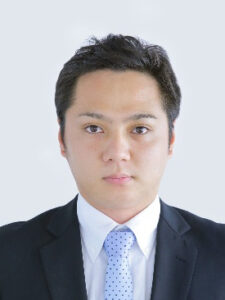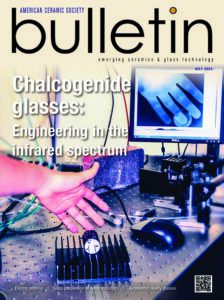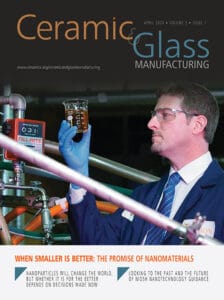
Yuki Nakashima is a research scientist at Multi-Materials Research Institute, National Institute of Advanced Industrial Science and Technology (AIST), Nagoya, Aichi, Japan. He received his Ph. D. degree from Nagoya Institute of technology and joined AIST in 2018. Nakashima has published more than 30 papers in peer-reviewed journals and holds 2 patents. He has given more than 3 invited/plenary/keynote talks in the field of powder processing, silicon nitride, and artificial intelligence. He has received awards including global young investigator award (2023) from the American Ceramic Society (ACerS), young investigator award (2015) at The 6th Asian Particle Technology Symposium, best presentation award (2017) at Spring Meeting of the Society of Powder Technology. His research interests include controlled microstructural design of silicon nitride ceramics for better performance as well as data-driven strategies to create artificial intelligence model with ceramic researcher-like mind and discrimination.
Title: Tailored sintering route, engineered microstructure-performance relationship and artificial intelligence-based property determinations in silicon nitride ceramics
Abstract:
This presentation reviews an advanced methodology to produce silicon nitride (Si3N4) ceramics with tailored microstructures and distinctive engineering characteristics. Si3N4 ceramics are generally composed of really complicated microstructures including elongated grains dispersed into fine grains, and grain boundary and porosities with various sizes, leading to excellent mechanical, thermal and electrical properties. Due to these unique morphologies, Si3N4 with enhanced thermal conductivity and mechanical strength has been expected for a practical industrial use in insulated heat-dissipating substrates for power modules. In this presentation, first, the properties of the Si3N4 substrates required for this application will be comprehensively summarized, in terms of four important engineering aspects: thermal conductivity, mechanical strength, fracture toughness, and dielectric breakdown strength. Second, the sintered reaction-bonded Si3N4 method strategically selected and resultant performances will be mentioned, in comparison with those produced by the other conventional method. Third, the detail of dielectric breakdown for Si3N4 will be introduced, although that has been hardly reported, in which large elongated grains work as severe defects. Finally, their artificial intelligence (AI) determination technologies through the microstructural images via convolutional neural network (CNN) models will be proposed, demonstrating relatively high AI-determination accuracy of bending strength, fracture toughness, and dielectric breakdown strength.
Subscribe to Ceramic Tech Today

Don’t miss the latest ceramic and glass materials news. Receive the CTT newsletter to your email three times a week by subscribing at this link.
Subscribe to Ceramic & Glass Manufacturing Weekly

Don’t miss the latest ceramic and glass business news. Receive the C&GM Weekly newsletter to your email every Monday by subscribing at this link.


